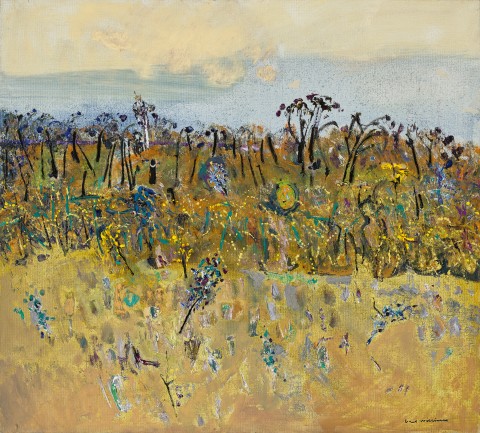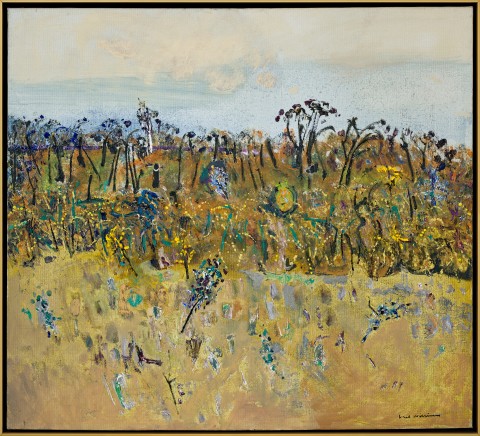COOTAMUNDRA WATTLES - BOTANIST'S GARDEN, 1975
FRED WILLIAMS
oil on canvas
96.0 x 106.5 cm
signed lower right: Fred Williams.
bears inscription on stretcher bar verso: COOTAMUNDRA WATTLES, BOTANIST’S GARDEN 1975
Estate of the artist
Lyn Williams, Melbourne
Henry Krongold, Melbourne, acquired from the above in September 1989
The Estate of Paul Krongold, Melbourne
St. Andrews (The Botanist’s Garden), 1975, oil on canvas, 102.0 x 101.5 cm, private collection, Melbourne
230235 Williams in Bush_cmyk.jpg
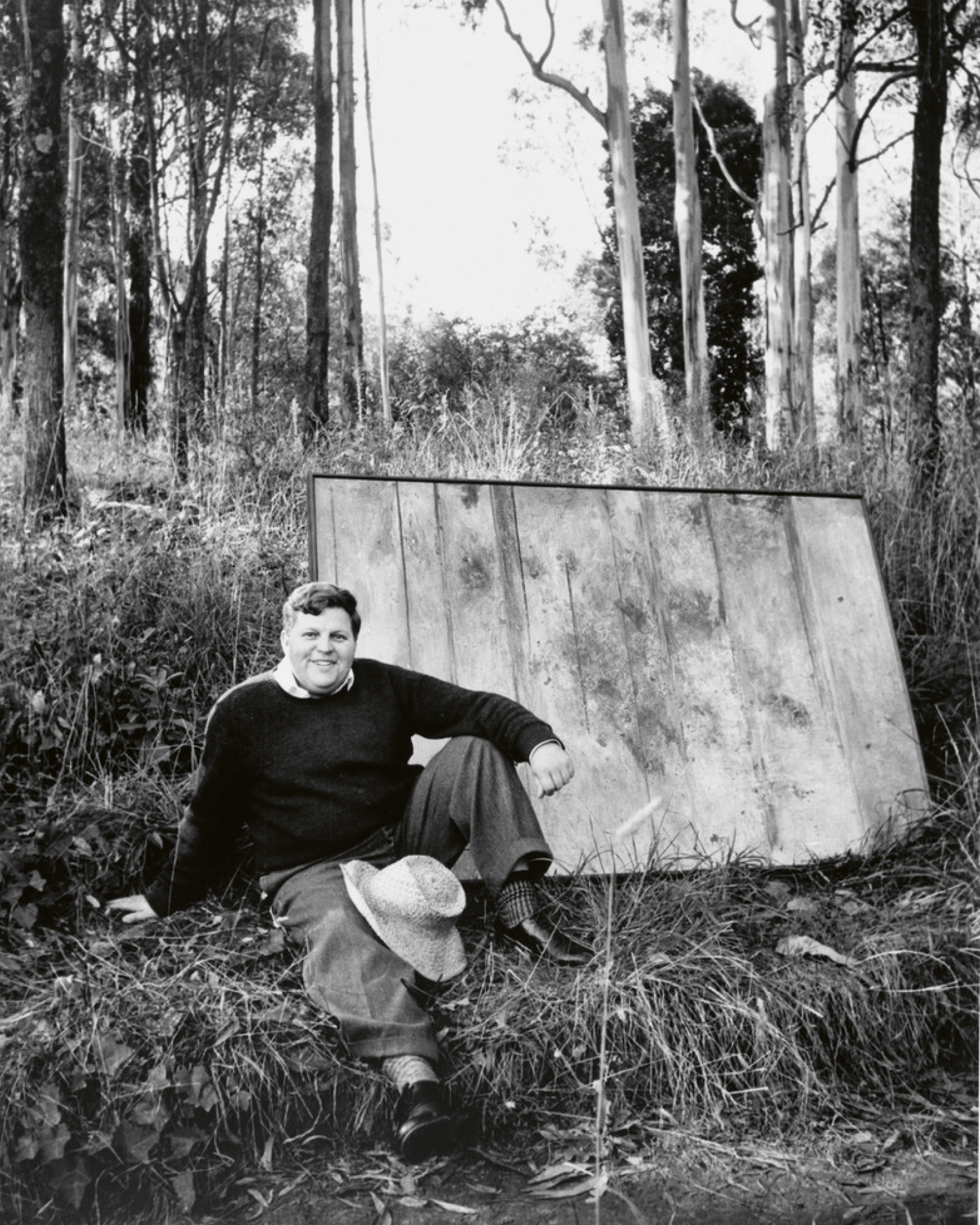
In mid-1975, Fred Williams held two major solo exhibitions, his first in both Sydney and Melbourne since the late 1960s, displaying his full painterly might in a vast array of turbulent new paintings, and conveying old and new motifs in a vibrant unmixed chromatic palette hitherto unseen in his work. Reflecting on the impact of these rich and varied exhibitions, Margaret Plant wrote ‘Williams has, I believe, made a conscious effort to expand his own sense of his work: to stop the edges going soft. I see this rebellion as a rare and important example of an Australian artist, able to undo the safety net of his art: to paint dangerously’.1 Although absent from these exhibitions, having remained in the artist’s own collection and purchased directly from the artist’s widow in 1989, Cootamundra Wattles – Botanist’s Garden belongs to this radical and riotous group of works in which Williams allowed himself to express his delight in the landscape.
dh230235 St.Andrews sup image cmyk.jpg
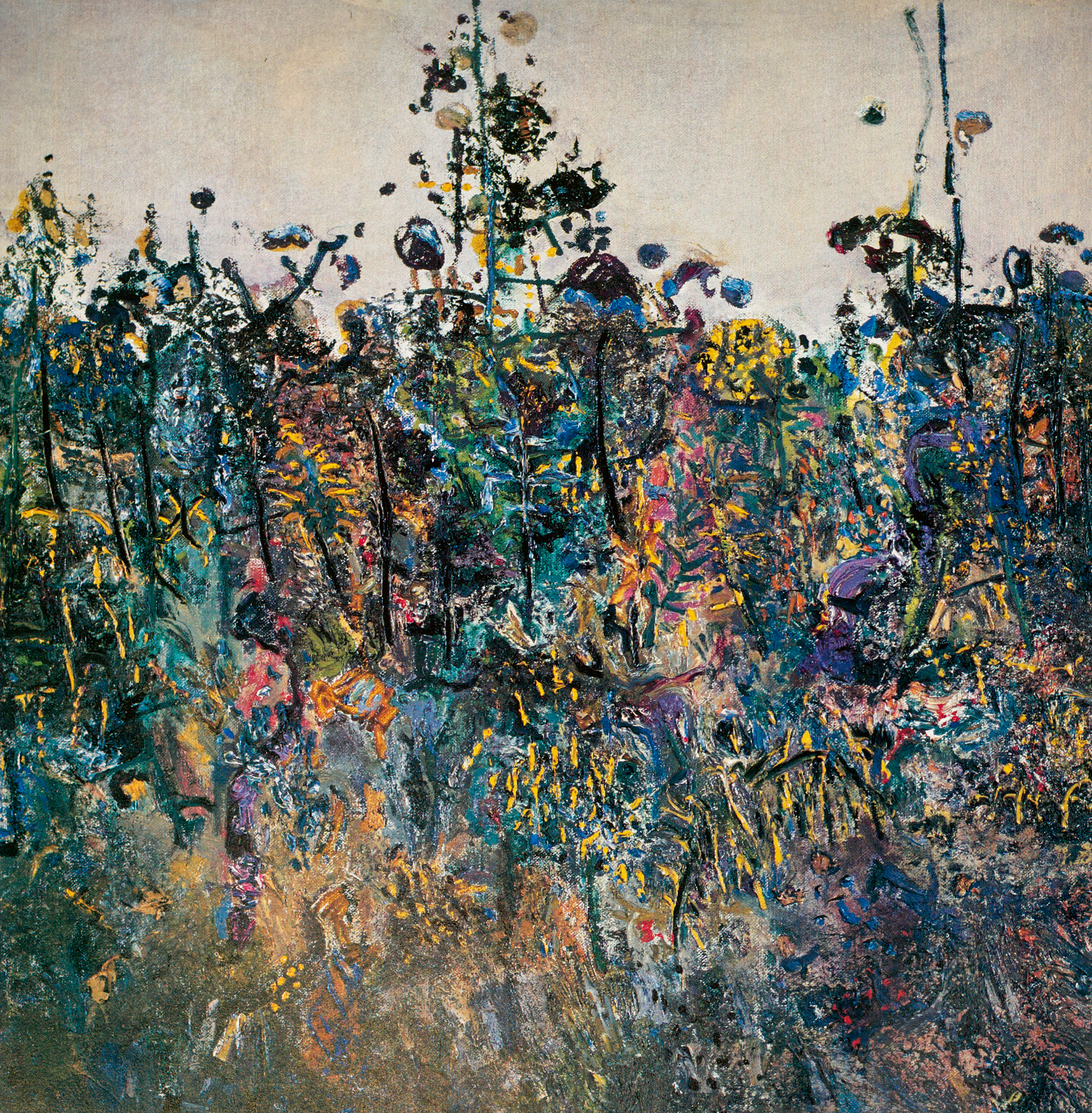
Around this time Williams took pains to qualify his pragmatic and impersonal distance from the Australian landscape, explaining “I don’t like the bush the way Clif [Clifton Pugh] does […] I couldn’t say I loved the bush… I simply want to paint pictures from it”2. The common flowering acacia tree nevertheless held the artist in a certain enduring thrall, resulting in masterpieces spanning a period of ten years (1969 – 1979), including Cootamundra Wattles. Painted en plein air with a high-key palette dominated by contrasting deep violets and rich yellows, this painting is an elegy to a fragile ecosystem, in turn neglected and destroyed by human intervention. Boldly blooming in the face of adversity, the titular Cootamundra wattle trees dance through the landscape in an accented dotted frieze, embodying the potential for regeneration.
A joyous harbinger of spring across Australia’s east coast, the wattle tree first features in Williams’ extensive diaries in the winter of 1969, during the course of a painting trip to Dunmoochin, Cottles Bridge, alongside Clifton Pugh and John Olsen. Although fascinated and clearly excited about the prospect of ‘work[ing] from them as they mature’3, the artist did not return to this subject again until 1974. Having travelled widely throughout Australia in search of motifs in the intervening years, from the rainforests of Queensland to the Bass Strait and the Murray River in South Australia, Fred Williams, from early 1974, contented himself with shorter, local painting excursions with his artist friend Fraser Fair, both packed into a Ford Galaxy station wagon. Cootamundra Wattles, painted on a canvas of almost a metre squared, was the largest format able to fit in the back of Fair’s car4, and presents an ambitious panoramic view of a specific location within their travels.
dh230235(sup image) cmyk.jpg
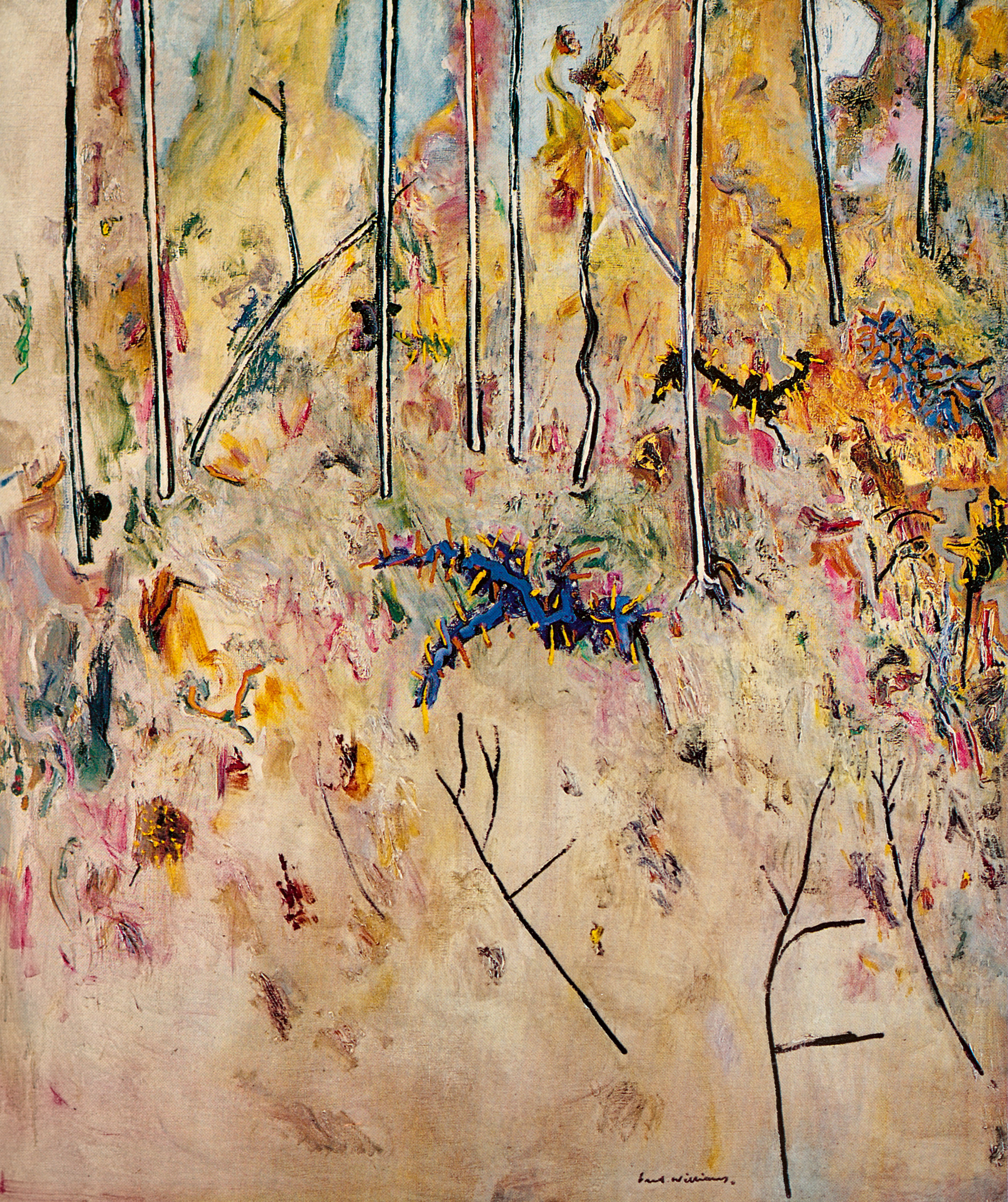
Errant in the area of Cottles Bridge, Fair and Williams stumbled upon an overgrown botanist’s garden in St Andrews, almost a century old, with a ‘remarkable coll[ection] of wattles and shrubs’. Its impending demolition prompted the artist to wonder, aghast, ‘it will only take an hr for a bull-dozer to get rid of it?’5. Stimulated to commemorate in paint this dense native garden, dominated by Cootamundra wattles (acacia baileyana), Williams recorded this landscape with a small suite of paintings. This series included Botanist’s Garden, 1975 and St Andrews (The Botanist’s Garden), 1975, two close and densely tangled views of expressive gesture. In contrast, Cootamundra Wattles bears Williams’ semi-abstract compositional structure of three horizontal bands, whose contrasting colours creating an airy and dry vista with the illusion of spatial depth. Derived from, or at least influenced by, the artist’s strip gouaches of the early 70s, this tripartite composition narrows the focal point into a central band of painterly texture - here a dense and gestural wall of vegetation, crowned by a row of black-trunked wattles and a single white-trunked gum, jutting beyond the thick violet horizon line. A sparse and scrubby expanse of bush in the foreground is created by leaving visible both the ochre yellow ground and coarse weave of the canvas. The uppermost section of Cootamundra Wattles features an animated blue sky, complete with puffy white clouds and diagonal sweeping brush strokes signalling an impending storm.
Celebrating the exuberant richness of burgeoning springtime, Cootamundra Wattles is a joyful and decorative view of the Victorian landscape. Painted outdoors with painterly gesture and a heightened palette of pure colour, these paintings have invited comparisons with the works of the French impressionists, particularly Cézanne and Monet.6 Painted at a time of great stylistic innovation in Williams’ work, in particular a release from his previous formal and chromatic restraint, the wattle’s symbolism of regeneration is applied not only to the landscape but also to the artist.
1. Plant, M., ‘Quattrocento Melbourne: Aspects of Finish 1973 - 77’, in Galbally, A., and Plant, M. (eds.), Studies in Australian Art, Department of Fine Arts, University of Melbourne, 1978, p. 101
2. The artist, 1974, published in ‘Artist’s Camp. Erith Island March 1974’, Overland, Melbourne, issue 60, Autumn 1975, pp. 41 – 55
3. Fred Williams, 24 July 1969, quoted in Mollison, J., A Singular Vision: The Art of Fred Williams, Australian National Gallery, Canberra, 1989, p. 174
4. Mollison, J., ibid., p. 173
5. Fred Williams, 14 August 1975, quoted in Mollison, J., ibid., p. 178‘
6. Surely comes direct from original impressionist sources rather than from watered down Australian ones’, Borlase, N., ‘A painter at his peak pushes further on’, The Bulletin, Sydney, vol. 097, no. 4954, 26 April 1975, p. 51
LUCIE REEVES-SMITH
